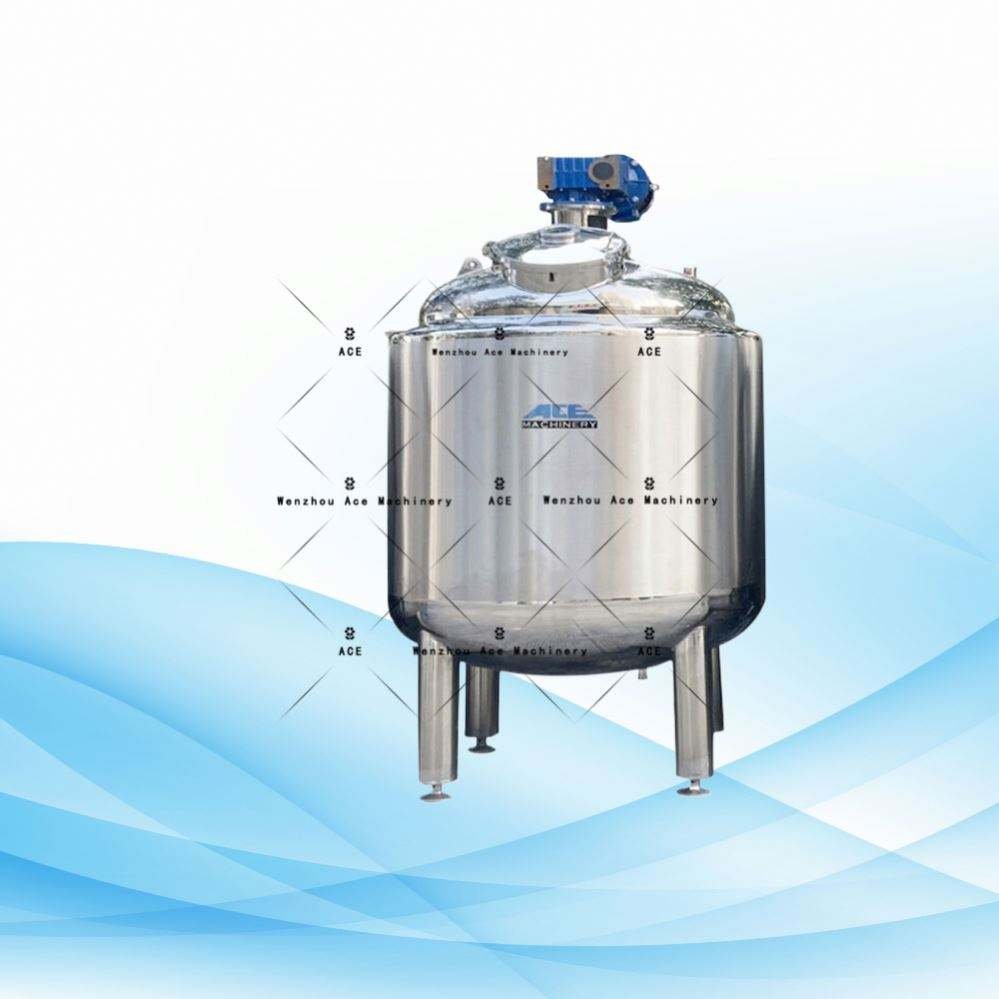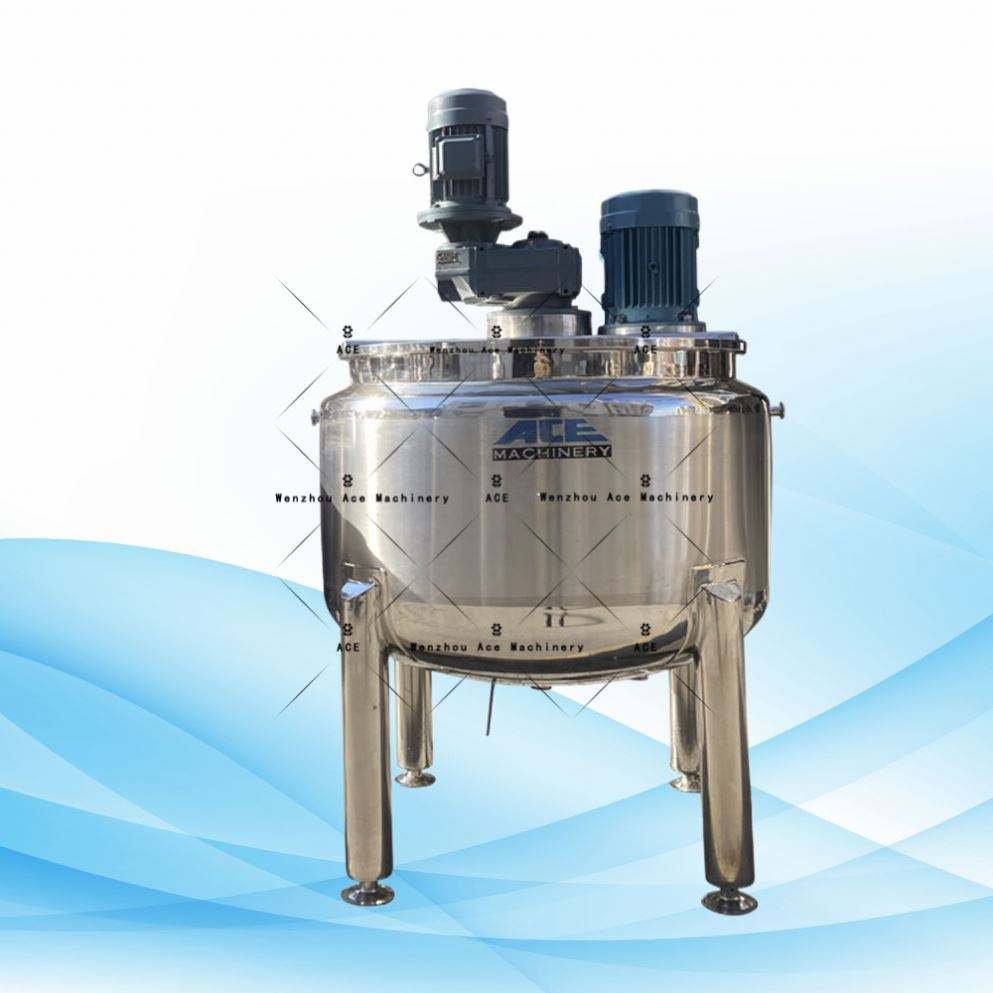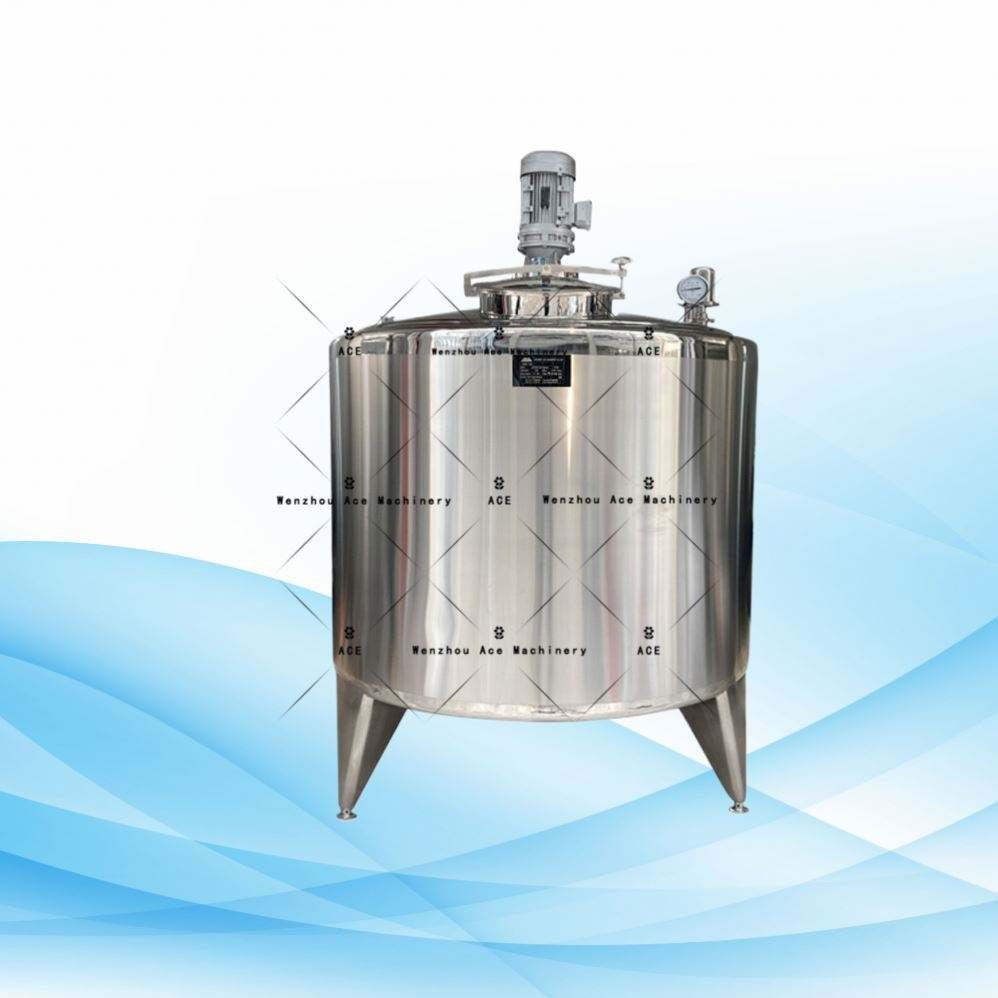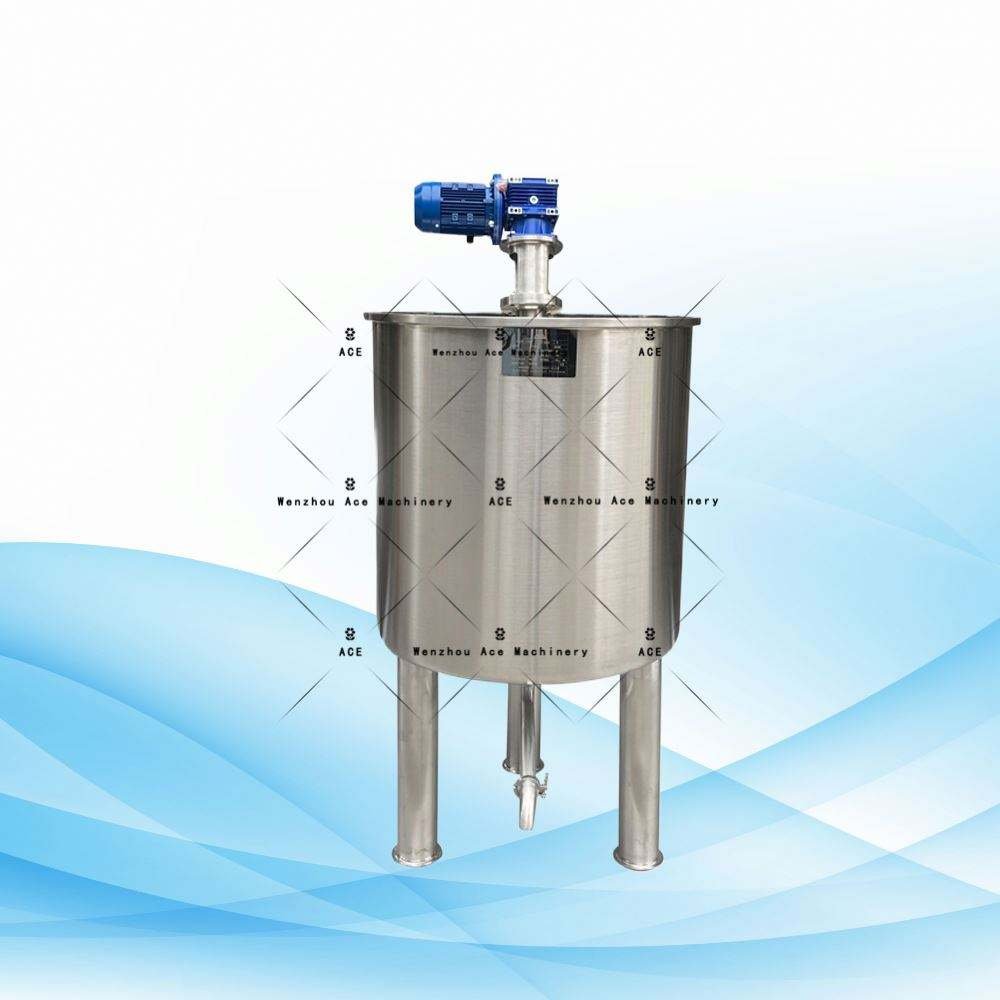At first glance, mixing materials might look like a straightforward task. Yet, when it comes to scaling up production, efficiently blending large quantities—even when dealing with chemicals that don’t naturally gel together—can become quite a puzzle.
When we talk about a “mixer,” this could mean any tool designed to combine various components or raw ingredients in a manufacturing setting. This term encompasses mixers used across a range of industries—from food and chemicals to pharmaceuticals, plastics, and more.
Industrial mixer machines are intricate, precise, and advanced, tailored for numerous industrial and manufacturing purposes. These mixers come in all shapes and sizes, with some built to rapidly integrate polymeric materials for plastic production, while others excel in crushing and combining granules and solids. Their vital role in mass production has led to transformative changes across different industries.
The role of mixers is crucial in food, pharmaceutical, and cosmetics industries because blending is essential in these sectors. It’s often the first thing that comes to mind when we think about food production. But the reality is, there’s a sprawling range of applications for mixers beyond food. Any business involved in combining chemicals, whether similar or entirely different, relies on them.
Types of Industrial Mixers You Should Know
The diversity of ingredients and raw materials means there’s no universal mixer. Your approach must adapt to the unique properties and attributes of the substances involved. Mixers can be categorized into dispersers, particle reducers, and homogenizers, among others.
Mixers generally fall into three primary categories: diffusion, shear, and convection.
- Diffusion mixers rely on gravity, letting the machine spin around its axis to mix the materials.
- In a convective mixer, a static shell—which could be horizontal or vertical—houses impellers or mixers like blades or paddles to get the job done.
- Shear mixing stands out within convection processes for its speed, utilizing rapid impeller movement to shear, redistribute, pulverize, and thoroughly mix substances.
Horizontal Ribbon Mixer
Horizontal ribbon mixers, or ribbon blenders, use two intertwined metallic ribbons that resemble a double helix to move materials side-to-side, mixing as they do. They’re widely used for mixing solids and powders in industries like food processing and chemical manufacturing.
Paddle Mixer
A paddle mixer might remind you of a horizontal ribbon mixer but uses a gentler action for blending. This mixer adopts a softer motion to combine ingredients, stroke by stroke, making it perfect for mixing things like salsas, dressings, and other dense or semi-solid substances in commercial settings.
Emulsifier
Emulsifiers enable the mixing of incompatible liquids, like oils and water. These machines dismantle liquid structures and force them through small filters and tubes under high pressure to enhance mixing efficiency.
Planetary Mixer
In planetary mixers, the agitator rotates around the mixing vessel in a circular motion. The vessel itself can either stay still or rotate, simplifying the mixing process. Popular in professional kitchens, you might find planetary mixers whipping up dough or similar mixes using paddles, whisks, or beaters.
Tumbler Mixer
Tumbler mixers make use of rotational forces and gravity, primarily to mix liquids. They come in different shapes, from slanted mixers to those with dual conical ends and a V-shaped base, ideal for delicate liquids where no agitator or impeller is required.
Drum Mixer
Drum mixers serve a multitude of purposes. Though design can vary, they typically merge storage and mixing in a large tank or drum, often used for medium to low viscosity substances, like cement or other mixtures.
Static Mixer
Static mixers are most often used for gases or gas-liquid mixtures. Much like emulsifiers, they use a series of obstacles to break down components, bringing them into a blendable state.
Industrial Mixer Applications
Mixing Powders
- Container mixer
- Paddle mixer
- Horizontal mixer
- Secant-blade mixer
- Ribbon mixer
- Screw-conical mixer
Mixing Dry, Moist, and Viscous Materials
- Vertical ribbon mixer
Mixing Liquids and Powders
Products such as cosmetics, paints, polymers, and more greatly benefit from the solid-in-liquid technique. This combination enhances many industrial processes like dispersion, dissolution, crystallization, and heat transfer.
Dispersing fillers is essential in industries ranging from chemical manufacturing to cosmetics. Whether it’s glues, paints, polymers, or toothpaste, the process requires effective mixing of solids with liquids. Your go-to tool in such instances? Dispersers, designed to generate shear, turbulence, and circulation in three different directions: tangential, radial, and axial.
What’s the Right Industrial Mixer for You?
The options for commercial and industrial mixers are extensive. If you’re overwhelmed and need guidance choosing the ideal mixer for your needs, don’t hesitate to reach out. Our expert team is ready to answer your questions and help you find the best fit for your industrial setting.






